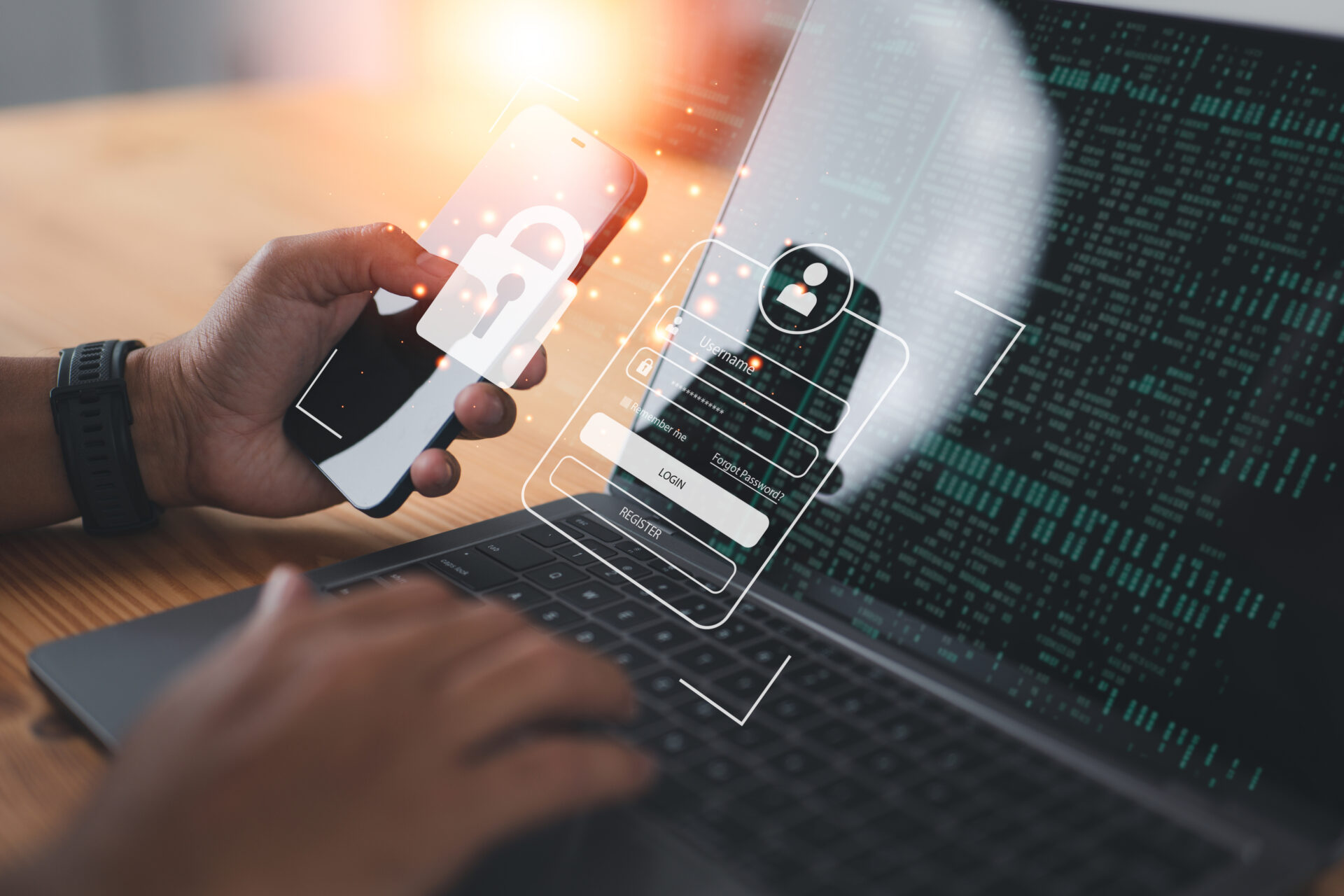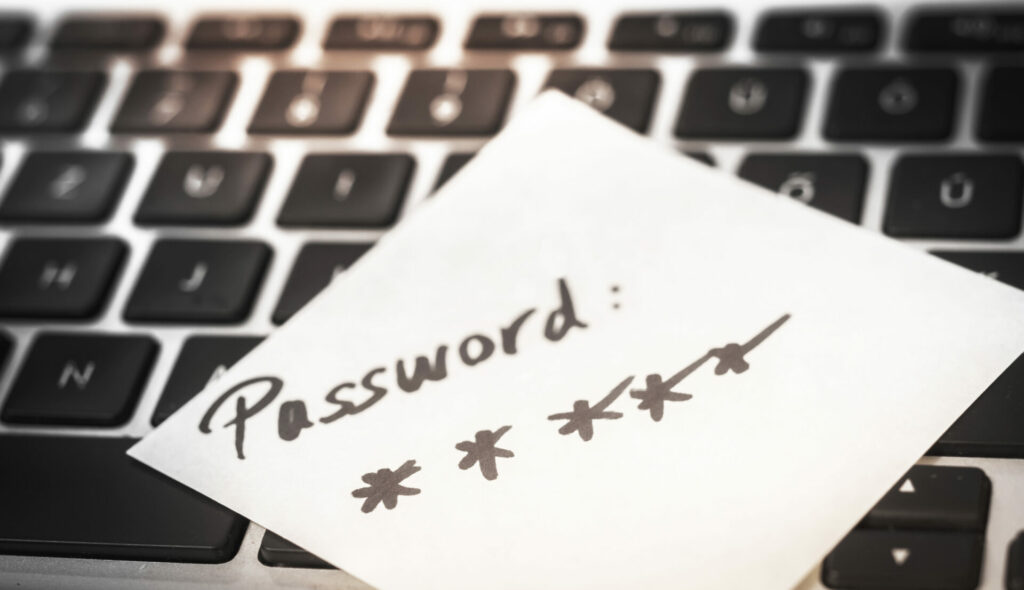You set up multi-factor authentication (MFA) for your company to keep everyone safe. Sounds like you’re all set to go… We’re here to warn you that may not actually be the case! A MFA security feature adds an extra layer of protection to your online accounts; however, it doesn’t mean it’s foolproof. Yes, you’ll need two or more factors to verify your identity, but that doesn’t mean hackers can’t get through. This security feature is widely used by banks, social media platforms, and other online services to protect user accounts from unauthorized access. Today, we’ll make sure you’re informed about how hackers try to get around MFA, so you can better avoid hackers and keep your company’s information safe. First, we want to break down MFA, just so we make sure everyone knows exactly what we’re talking about. It’s a security feature. Think about when you try to log onto your Gmail account. If you’ve set up MFA you’ll need to provide two or more forms of identification to verify their identity. These forms of identification can be classified into three categories: MFA adds an extra layer of security to your online accounts by requiring a second form of identification beyond a password. The idea is that even if someone manages to steal your password, they still won’t be able to access your account without the second factor. Alas, nothing is foolproof in this world. So, can multi-factor authentication be hacked? Unfortunately, despite the added security provided by MFA, it’s still possible for hackers to bypass it. Here are some of the ways they try to get past MFA: Hackers use social engineering tactics to trick users into providing their MFA credentials. This can include phishing emails or phone calls that appear to be from a legitimate source, but are actually fake. Once the user provides their MFA credentials, the hacker can use them to access the account. SIM swapping involves tricking the victim’s mobile carrier into transferring their phone number to a SIM card controlled by the hacker. This gives the hacker access to any MFA codes that are sent to the victim’s phone. In a man-in-the-middle attack, the hacker intercepts the communication between the user and the server. They can then steal the MFA credentials and use them to access the account. Keylogging involves installing malware on the victim’s device that records their keystrokes. This can include the MFA code, which the hacker can then use to access the account. In some cases, hackers will use phishing emails or fake websites to trick users into providing their MFA codes directly. So, we answered the question, “Can multi-factor authentication be hacked?”, but can you do anything more? While it is impossible to completely eliminate the risk of MFA hacks, there are steps you can take to protect yourself: Multi-factor authentication (MFA) is an essential security feature that adds an extra layer of protection to your online accounts. If you or your company is hesitating, start today! Although not foolproof, MFAs are certainly better at deterring cyber attacks. And you can reduce your risk even more by taking some of our tips above. By following these best practices, you can significantly reduce the risk of your accounts being compromised by hackers. Remember, security is a constant battle, and it’s essential to stay vigilant and take the necessary steps to protect your online accounts and personal information. If you’re looking for help integrating IT systems and security that work for your specific company, talk to Swift Chip. We want to hear about how we can help you!
What is multi-factor authentication?

How do hackers try to get around MFA?
Social Engineering
SIM Swapping
Man-in-the-Middle Attacks
Keylogging
Phishing for MFA Codes
How to protect yourself against MFA hacks?

Keep you and your company safe
Swift Chip provides managed IT and cybersecurity services for a wide variety of companies in fields with stringent privacy and compliance requirements.
9415 Culver Blvd. Culver City, CA 90232, United States
info@swiftchipinc.com 310-881-8770